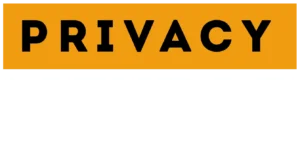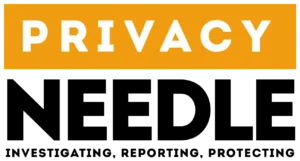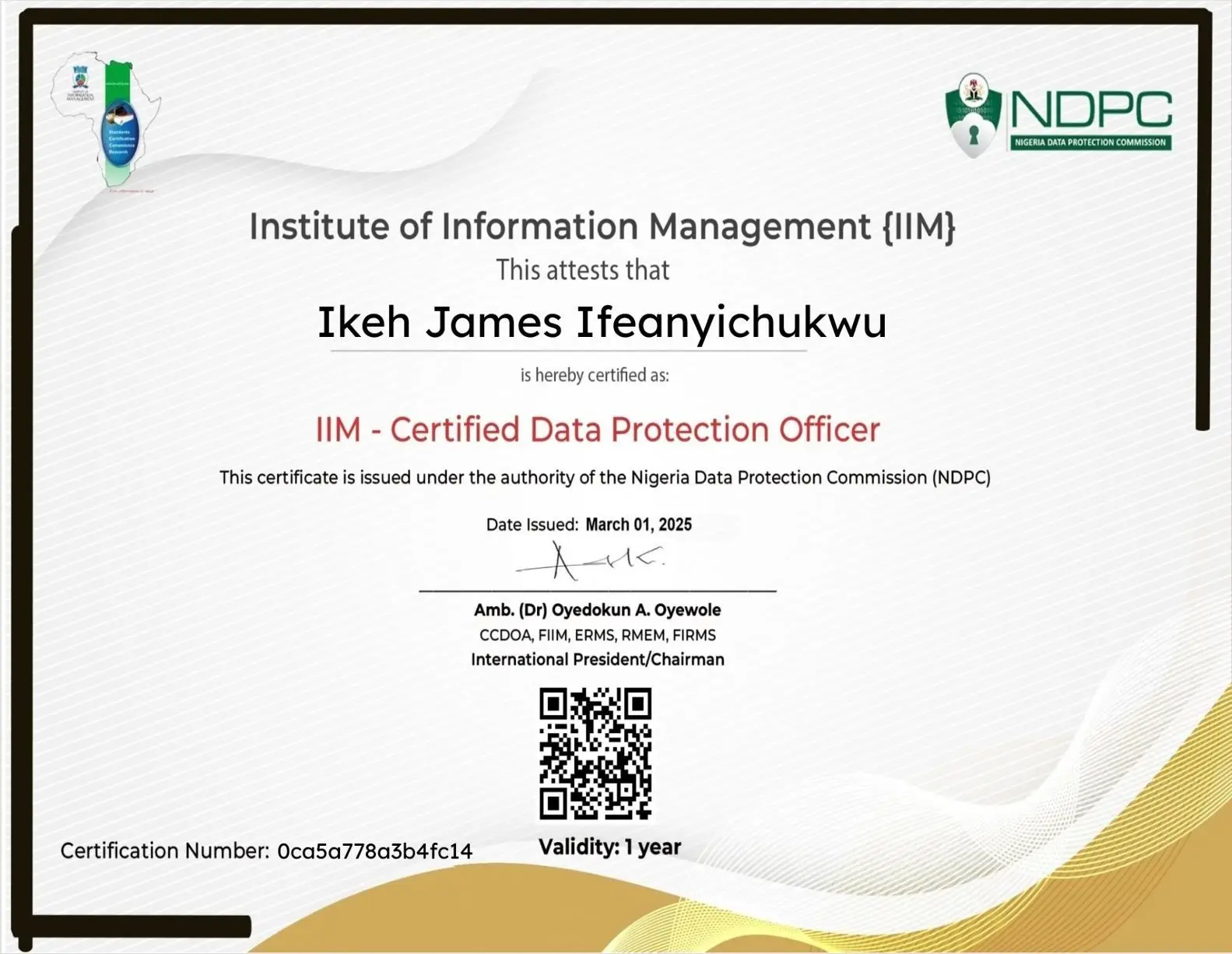The Dark Web Exposed: Where Hackers Sell Stolen US Data
Share

The dark web has become the hidden marketplace for stolen data, where hackers, cybercriminals, and even organized crime syndicates trade personal information, financial records, and login credentials.
For US consumers and businesses, the consequences are severe: identity theft, financial fraud, and reputational damage. Understanding where stolen data ends up, how it’s sold, and how to protect yourself is critical in 2025 and beyond.
This article explores the dark web ecosystem, the types of stolen data most frequently traded, real-world incidents, and practical steps to safeguard sensitive information.
What is the Dark Web?
The dark web is a part of the internet that is not indexed by search engines and requires specific software like Tor (The Onion Router) to access.
Key Characteristics:
- Anonymity: Users are virtually untraceable.
- Hidden marketplaces: Websites trade illegal goods and services, including stolen data.
- Encryption: Communication and transactions are heavily encrypted, making law enforcement intervention challenging.
Note: The dark web is different from the deep web (non-indexed legitimate sites like private databases) and the surface web (public websites like Google or Amazon).
Common Types of Stolen US Data on the Dark Web
| Data Type | Description & Risk |
|---|---|
| Credit/Debit Card Data | Used for fraudulent purchases, card cloning, or money laundering |
| Social Security Numbers | Used for identity theft, fake tax filings, and credit scams |
| Login Credentials | Email, social media, and financial account passwords sold in bulk |
| Medical Records | Health data sold for insurance fraud or blackmail |
| Personal Identifiable Information (PII) | Names, addresses, birth dates, and phone numbers for identity theft |
Example: After the Equifax breach (2017), 147 million Americans’ data ended up on the dark web, leading to widespread identity theft and fraud.
How Stolen Data Moves on the Dark Web
- Initial Breach: Hackers gain access via phishing, malware, or vulnerabilities.
- Data Aggregation: Stolen data is compiled into databases.
- Listing for Sale: Criminals post data on dark web marketplaces.
- Transaction & Payment: Payments are made in cryptocurrencies like Bitcoin or Monero.
- Exploitation: Buyers use the data for financial fraud, social engineering, or resale.
Real-World Dark Web Incidents
- Capital One Breach (2019): Over 100 million records exposed, some appearing for sale online.
- Yahoo Data Breach (2013–2014): Over 3 billion accounts leaked; some credentials sold on dark web forums.
- Hacker Forums: Sites like RaidForums and BreachForums are notorious for hosting stolen US data.
These cases highlight the scale and persistence of data trafficking on the dark web.
Risks to Consumers
- Identity Theft: Fraudsters can open bank accounts, apply for loans, or file fake tax returns using stolen PII.
- Financial Fraud: Credit card and banking data can be used for unauthorized purchases.
- Reputation Damage: Compromised emails or social accounts can be used to spread misinformation or blackmail.
- Targeted Attacks: Information sold in the dark web can lead to phishing or spear-phishing campaigns.
How Businesses Contribute to Dark Web Risk
- Data Breaches: Weak security in companies exposes customer data.
- Poor Encryption: Storing sensitive data without strong encryption increases risk.
- Third-Party Vendors: Breaches of contractors or cloud services can lead to data leaks.
Tip: Companies must conduct regular security audits, enforce zero-trust architecture, and comply with NDPA (Nigeria), GDPR (EU), or CCPA (California) to protect customer data.
Protecting Yourself from Dark Web Threats
For Individuals:
- Monitor Accounts: Use credit monitoring and dark web scanning services.
- Strong Passwords & MFA: Avoid reused passwords; enable two-factor authentication.
- Limit Sharing PII: Be cautious about what personal data you provide online.
- Respond Quickly to Breaches: Freeze credit or alert banks immediately after a breach.
For Businesses:
- Encrypt Sensitive Data: Use AES-256 and TLS/SSL encryption.
- Regular Penetration Testing: Identify vulnerabilities before attackers do.
- Employee Training: Educate staff about phishing and social engineering attacks.
- Vendor Risk Management: Ensure third parties meet high security standards.
Emerging Trends in 2025–2026
- Automated Dark Web Monitoring: AI tools scan marketplaces for stolen corporate and personal data.
- Cryptocurrency Obfuscation: Cybercriminals increasingly use privacy coins like Monero.
- Regulatory Pressure: Governments are enforcing stricter breach reporting laws and penalties for mishandling data.
- Integration with AI Fraud: Stolen data fuels AI-driven phishing campaigns, making attacks more sophisticated.
FAQs
Q1: How do I know if my data is on the dark web?
Services like Have I Been Pwned, Experian Dark Web Scan, or cybersecurity firms can alert you if your email, SSN, or credentials appear online.
Q2: Can law enforcement track dark web transactions?
Yes, but it’s challenging due to cryptocurrencies and anonymized networks. International cooperation is often required.
Q3: What steps can companies take to prevent dark web exposure?
Encrypt sensitive data, enforce MFA, conduct audits, train employees, and monitor third-party security.
Conclusion
The dark web is a thriving marketplace for stolen US data, from financial records to personal identifiers. Both consumers and businesses must be proactive to reduce risk, monitor exposure, and enforce strong cybersecurity measures.
In 2025 and beyond, staying ahead of cybercriminals requires education, robust security practices, and vigilance.
The key question remains: Is your data safe, or has it already traveled to the dark web without your knowledge?



























Leave a Reply